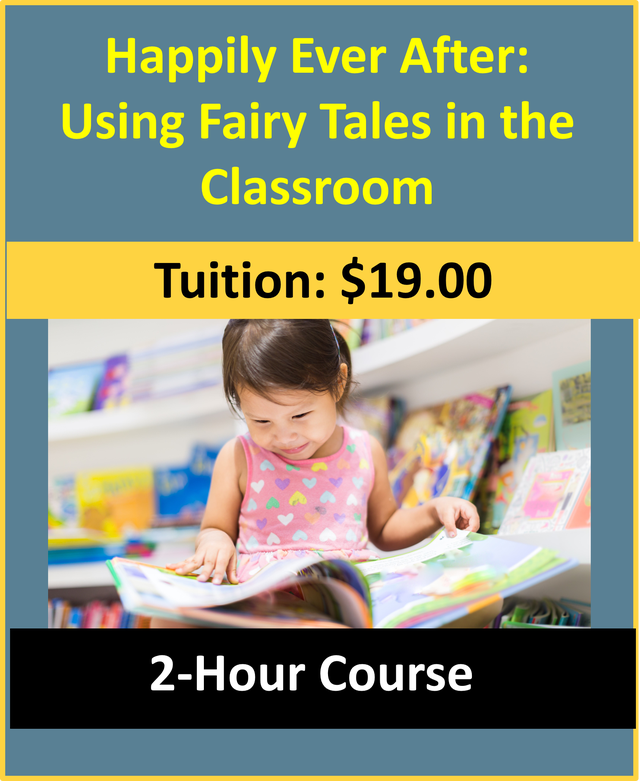|
Do you question how ACEs play into the children in your classroom? Do you know how you can help support them through the trauma? Children can either arrive into an environment that is safe, nurturing and stable or into one that is less safe and kind. The type of experiences that children have in their early years, especially traumatic ones like abuse, neglect and lack of nurturing relationships, shape the development of the brain and their behaviors. We know that humans are designed to experience and react to short moments of stress, about 20 minutes or so, just long enough to decide whether to choose between fight, flight, fawn, or freeze responses. If a young child is constantly being faced with stressful experiences, those stress hormones are released for longer periods of time and may have a long-term impact on development. This child’s mind and body becomes prepared to live in a dangerous world. Their brains are also wired to have specific characteristics, such as impulsiveness, hypervigilance, being on-edge, numb or withdrawn. When there is prolonged exposure to stress hormones, brain cells become impaired and are not able to develop neural pathways and may even die. This type of exposure is called toxic stress. The way this child interacts with you, his peers in the classroom, and engages in learning would be different from a child who is wired to function in a safe and nurturing environment. They are wired to focus on how to survive from one moment to the next.
***Does this topic interest you?*** You could enroll in our new course titled Connecting the Impact of ACEs on Child Development for 5 clock hours. Click here to enroll. Comment some of your favorite ways to combat stress in your life! What do you do for self-care?
Here are a few of mine: Reading Walking Laying down
0 Comments
Leave a Reply. |






















 RSS Feed
RSS Feed